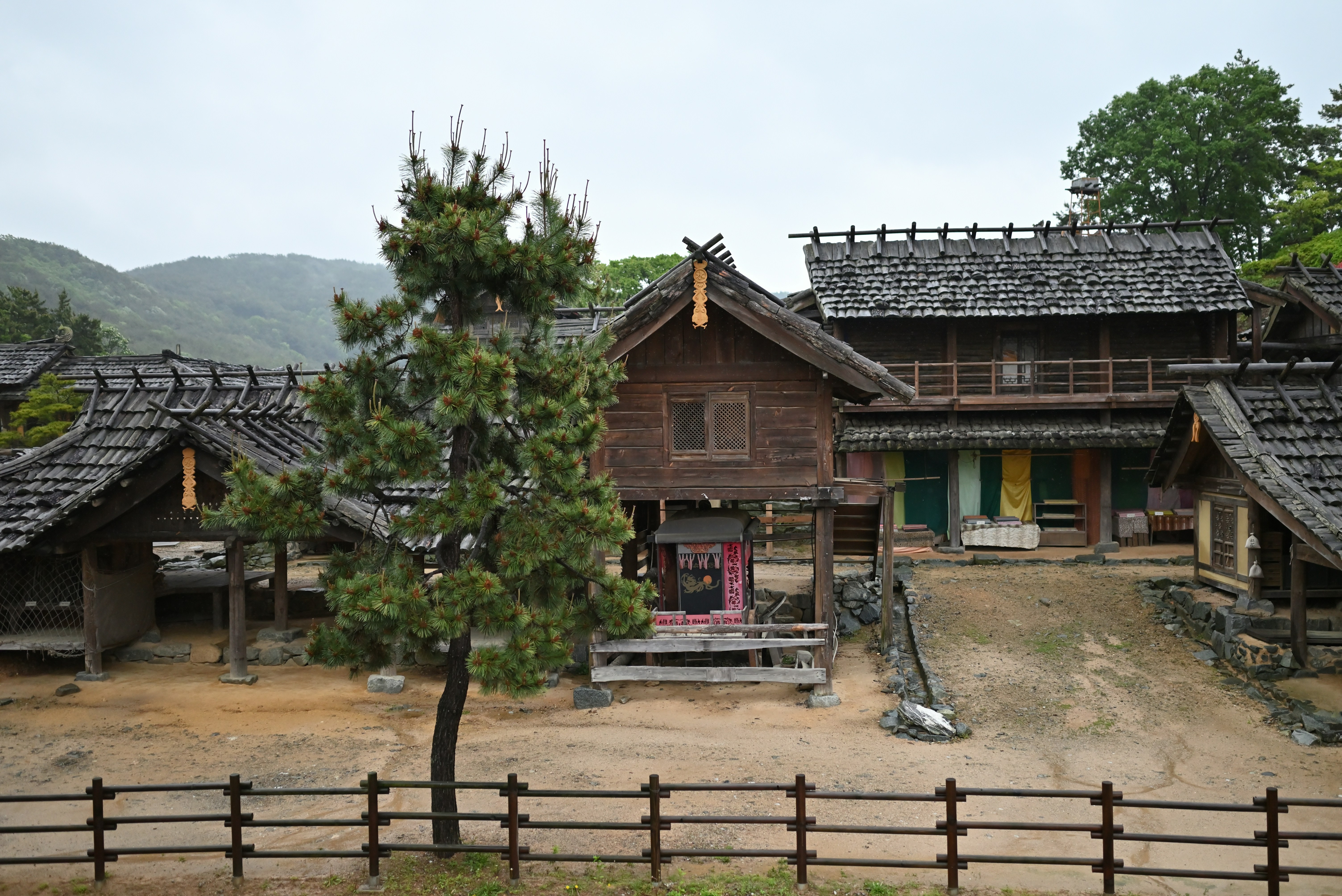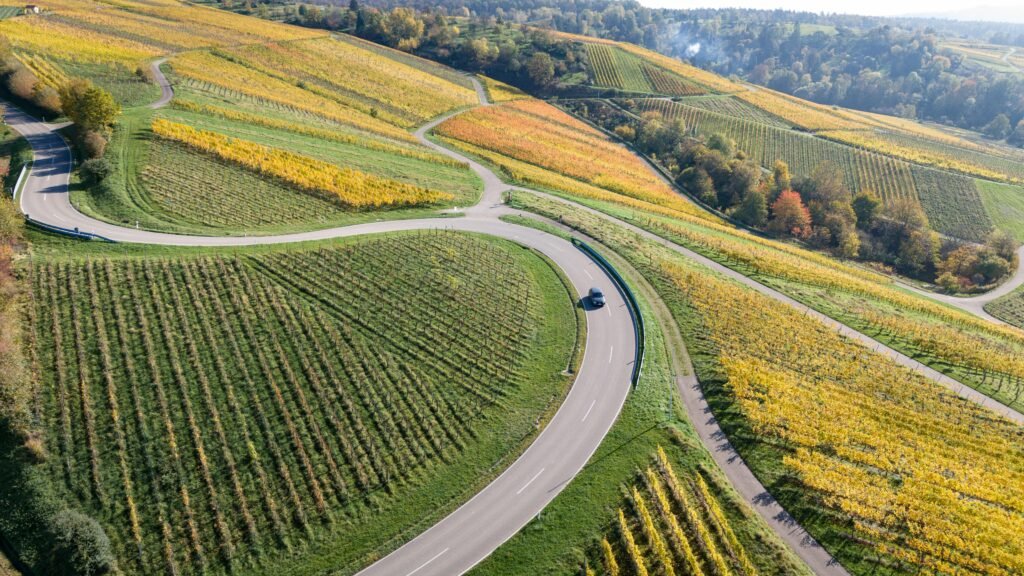Introduction to Šumadija: A Region Rich in Tradition
Šumadija, a picturesque region located in the heart of Serbia, is often overlooked by tourists in favor of more renowned destinations. However, this area is a treasure trove of cultural and historical significance. Nestled between the rivers Sava and Morava, Šumadija boasts a rich landscape of rolling hills, lush forests, and charming villages that encapsulate the essence of traditional Serbian life. The geographical location of Šumadija makes it a central hub, historically connecting various parts of Serbia and serving as a critical link for trade and communication.

The historical background of Šumadija is intertwined with the development of the Serbian state. It played a pivotal role during various Serbian uprisings and movements toward independence, especially in the early 19th century. This history is deeply ingrained in its villages, where ancient customs and practices continue to thrive. The warm hospitality of the local populace contributes to the unique charm of the region, offering visitors a glimpse into a way of life that has persevered through centuries.
Šumadija’s villages are characterized by their traditional wooden houses, vibrant folklore, and local crafts, offering an authentic experience away from the bustling cities. Each village has its story, showcasing time-honored customs, agricultural practices, and culinary delights that reflect the region’s agricultural prowess. Despite its significant cultural heritage, Šumadija remains relatively undiscovered, allowing for an intimate and immersive experience for those willing to explore its rustic beauty. The simplicity and authenticity of life in Šumadija invite travelers to step back in time and appreciate the rich traditions that have shaped this remarkable region.
Vineyards and Local Wineries: A Taste of Šumadija
Šumadija, often regarded as the heart of Serbia, is home to an impressive array of vineyards and local wineries that reflect the rich cultural heritage and agricultural bounty of the region. This picturesque area, characterized by rolling hills and fertile soil, has long been celebrated for its viticultural traditions. The local grape varieties, such as Prokupac, Tamjanika, and Vranac, are not only indigenous to Serbia but also play a critical role in shaping the unique taste profiles of Šumadija wines.
The winemaking process in this region is steeped in tradition. Local vintners employ a combination of time-honored techniques and modern practices to produce high-quality wines that resonate with both locals and visitors alike. Harvesting generally occurs in late summer to early autumn, with grapes meticulously picked by hand to ensure only the best fruit is used. Fermentation occurs in a variety of containers, including stainless steel tanks and oak barrels, which adds to the complexity and character of the wines. The result is an array of offerings, from robust reds to aromatic whites, each showcasing the terroir of Šumadija.

Religious Heritage: Discovering Orthodox Monasteries
Šumadija, a region known for its rolling hills and pastoral landscapes, is not only captivating in its natural beauty but also rich in spiritual and cultural heritage, prominently showcased through its numerous Orthodox monasteries. These sacred sites have been central to the religious life of the region for centuries, serving as places of worship, refuge, and community gathering. The history of these monasteries is deeply intertwined with the evolution of Serbian Orthodox Christianity, reflecting the trials and triumphs of the Serbian people across generations.
The architectural significance of the monasteries in Šumadija cannot be overstated. Many of them feature striking examples of Serbian Byzantine architecture, characterized by their distinctive domes, intricate frescoes, and stone-carved facades. The Monastery of Ćelije, for instance, is famed not only for its serene Orthodox ambiance but also for its artistic heritage, boasting beautifully preserved frescos that depict biblical scenes and saints. Such artistic endeavors have historically served not only religious purposes but also cultural ones, acting as narratives of the region’s history and faith.
Stories and legends surrounding these monasteries add to their allure. For example, many local tales recount miraculous events attributed to the saints commemorated at these sites, reinforcing their significance in the spiritual lives of local residents. These narratives often illuminate the profound connection villagers feel towards their monasteries, viewing them not merely as historical relics, but as vibrant centers of their communal identity and faith.
Visitors to Šumadija are encouraged to explore these sacred sites respectfully. Proper attire and a quiet demeanor signify reverence for the religious practices occurring within. Engaging with local monks or caretakers can provide valuable insights into the religious significance and history of the monasteries, enriching the visitor experience. The monasteries of Šumadija stand as testaments to the enduring spirit of Orthodoxy in Serbia, drawing both pilgrims and tourists alike into their tranquil embrace.
Embracing Traditional Serbian Life: Villages That Tell a Story
The rustic villages of Šumadija are not merely places on a map; they are vibrant communities that embody the rich tapestry of Serbian heritage. Each village has its unique narrative shaped by the customs, traditions, and daily lives of its inhabitants. These communities offer a glimpse into the simplicity and beauty of traditional Serbian life, where age-old practices are lovingly preserved and passed down through generations.
Life in these villages revolves around close-knit relationships and communal gatherings that are often punctuated by lively festivals, which celebrate various aspects of Serbian culture. For instance, the popular “Krsna Slava,” or the patron saint’s day celebration, remains a focal point in village life. Families gather to honor their saints, sharing traditional dishes that hold significant religious and cultural importance. These celebrations not only reinforce familial bonds but also strengthen the cultural identity within the community.
Culinary practices in Šumadija reflect a remarkable blend of tradition and locality. Home-cooked meals consist of fresh, locally sourced ingredients, with many villagers choosing to grow their own vegetables and raise livestock. Signature dishes such as sarma (cabbage rolls) and ajvar (pepper relish) are often prepared for special occasions, showcasing a deep connection to the land and the seasons. This emphasis on local gastronomy invites visitors to experience authentic flavors while supporting sustainable agricultural practices.
Additionally, traditional crafts such as pottery, weaving, and woodwork are still practiced by skilled artisans in these villages. These crafts serve not only as a means of livelihood but also as a medium through which cultural narratives are expressed. Visitors are encouraged to engage with craftsmen, gaining insights into their techniques and the stories behind their creations.
In essence, the villages of Šumadija offer an unmatched opportunity to immerse oneself in traditional Serbian life. Visitors can appreciate the warm hospitality that characterizes the region, inviting them to become a part of its enduring legacy. By embracing the simplicity and beauty of village life, one can truly understand the heart and soul of Serbia.



